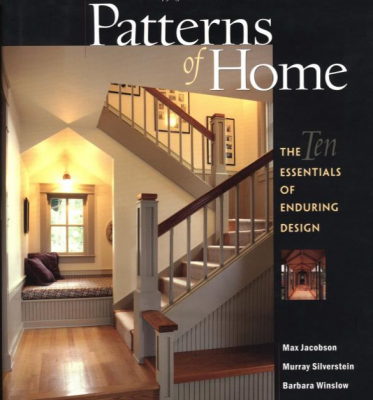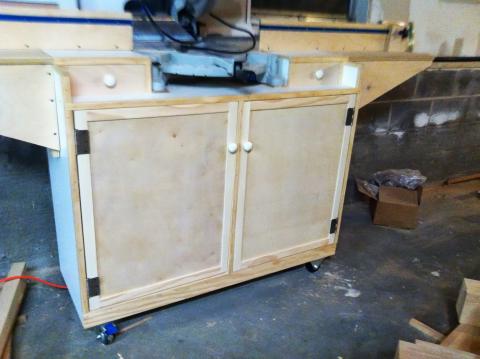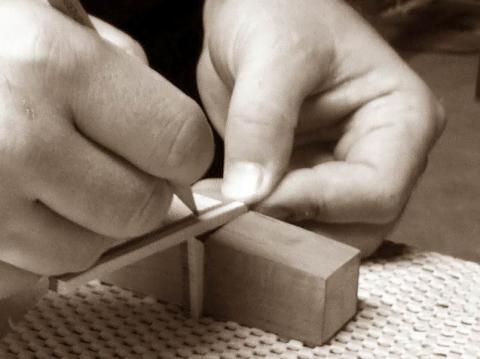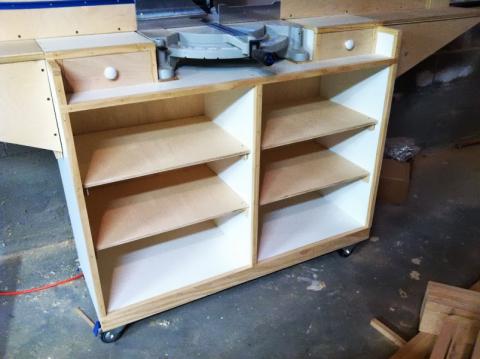Paying for Sustainable is Good, but Expanding What's Acceptable is Better
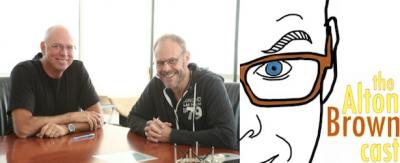 There was an interesting crossover to woodworking in the latest Alton Brown podcast. Yes, I like Alton Brown; he cooks, he's funny, and he's a geek. Don't give me any shit about it. I get enough on the topic from my wife. She can't stand him, for some reason. So the Alton Browncast is normally about cooking and food related items, but in the last couple of weeks, he's branched out to talk about other topics that interest him. Episode 18 has him doing a 90 minute long interview with the founder of Taylor Guitars, Bob Taylor. It's a fascinating and wide-ranging discussion; they talk about the start of the business, ways to market your work, the production process, and food and diet, among other things. (Bob has just recently become a vegan, for health reaons.)
There was an interesting crossover to woodworking in the latest Alton Brown podcast. Yes, I like Alton Brown; he cooks, he's funny, and he's a geek. Don't give me any shit about it. I get enough on the topic from my wife. She can't stand him, for some reason. So the Alton Browncast is normally about cooking and food related items, but in the last couple of weeks, he's branched out to talk about other topics that interest him. Episode 18 has him doing a 90 minute long interview with the founder of Taylor Guitars, Bob Taylor. It's a fascinating and wide-ranging discussion; they talk about the start of the business, ways to market your work, the production process, and food and diet, among other things. (Bob has just recently become a vegan, for health reaons.)
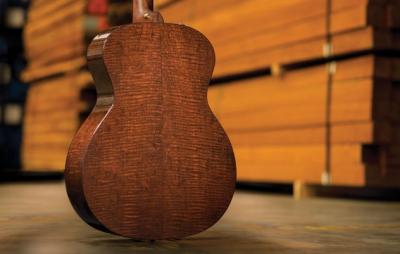 But from my perspective, the most interesting aspect of the interview came in the first half, from about the 20 minute to the 45 minute mark. Due to the recent legal difficulty at Gibson Guitars over improperly sourced exotic woods, it's clear that the entire industry has had to take a new look at their wood supplies. And it sounds as if Bob Taylor has done more than anyone to come up with a new way of suppling their factories with the woods they need. If anyone is doing yeoman's work at pointing us all in a new sustainability direction in this area, it sounds like Mr Taylor is at the forefront. It's an interesting listen to hear him talk, with passion and thoughtfulness, about travelling around the world to find the finest woods for his production; to Alaska for Sitka spruce, to three small mountain villages in Honduras for rosewood, and to Camaroon for ebony. It's the latter tale that has the most intrugue, and raised the biggest questions for me.
But from my perspective, the most interesting aspect of the interview came in the first half, from about the 20 minute to the 45 minute mark. Due to the recent legal difficulty at Gibson Guitars over improperly sourced exotic woods, it's clear that the entire industry has had to take a new look at their wood supplies. And it sounds as if Bob Taylor has done more than anyone to come up with a new way of suppling their factories with the woods they need. If anyone is doing yeoman's work at pointing us all in a new sustainability direction in this area, it sounds like Mr Taylor is at the forefront. It's an interesting listen to hear him talk, with passion and thoughtfulness, about travelling around the world to find the finest woods for his production; to Alaska for Sitka spruce, to three small mountain villages in Honduras for rosewood, and to Camaroon for ebony. It's the latter tale that has the most intrugue, and raised the biggest questions for me.
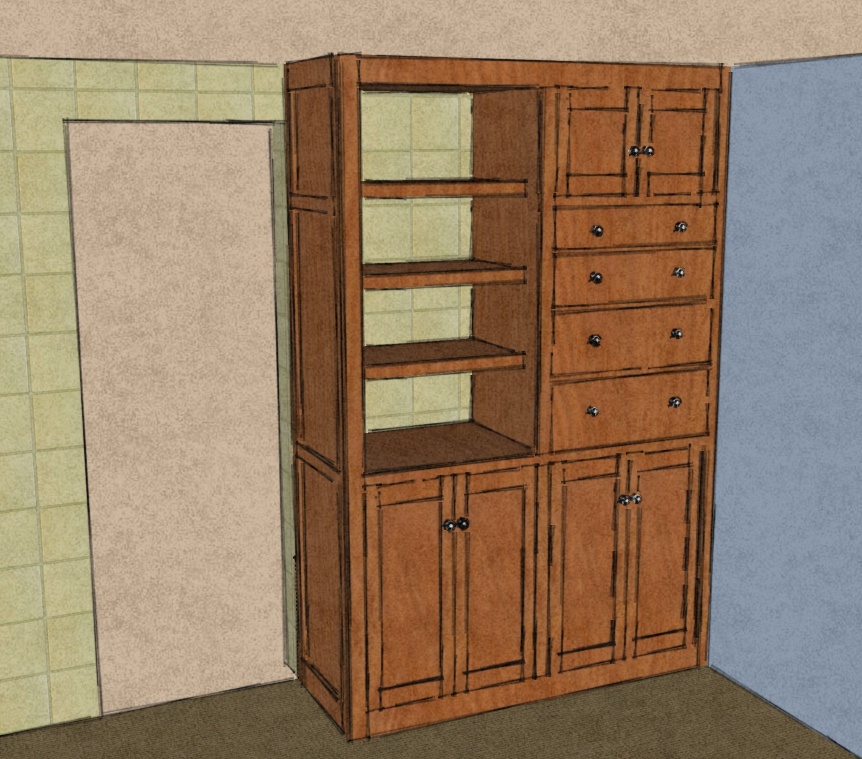
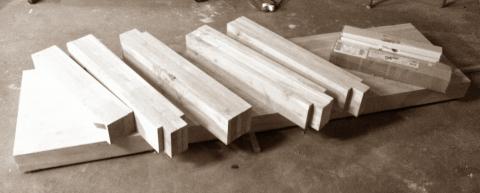
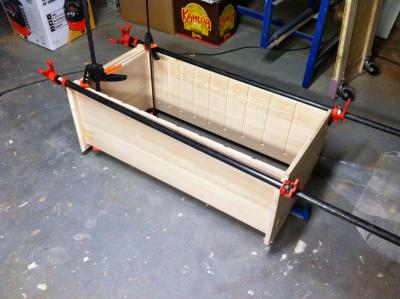 On the jewelry cabinet project, I've been staring out a pile of parts for about a month now, trying to get the sanding done before I take the big step of gluing the case assembly. I finally finished sanding the case parts to my satisfaction this past Sunday, and glued the case up Sunday night. I opted to sand rather than trying to finish plane my case for two reasons.
On the jewelry cabinet project, I've been staring out a pile of parts for about a month now, trying to get the sanding done before I take the big step of gluing the case assembly. I finally finished sanding the case parts to my satisfaction this past Sunday, and glued the case up Sunday night. I opted to sand rather than trying to finish plane my case for two reasons.
